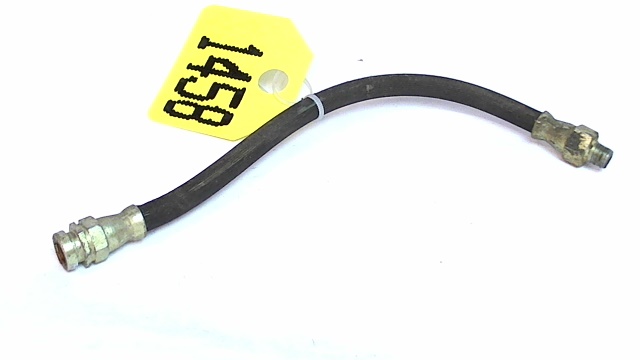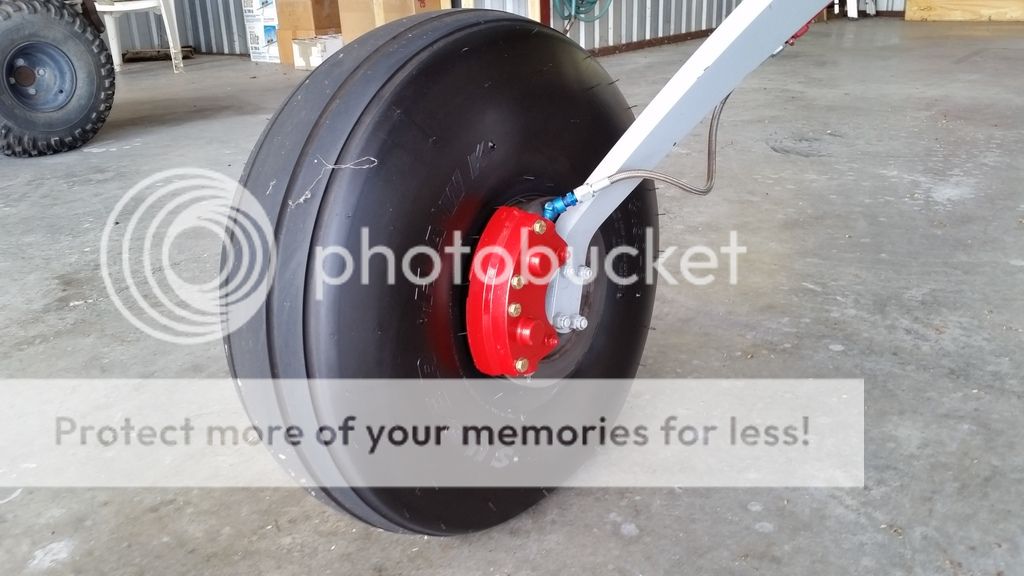Tom-D
Taxi to Parking
- Joined
- Feb 23, 2005
- Messages
- 34,740
- Display Name
Display name:
Tom-D
Can't tell from the pic what kind of fitting on at least on end.

that is stratoflex hose the requires that they be swaged by special equipment, not owned by many A&Ps.
those were not OEM equipment on cessna
Wait,, does your aircraft still have the old goodyear brakes on it ?
Last edited:







